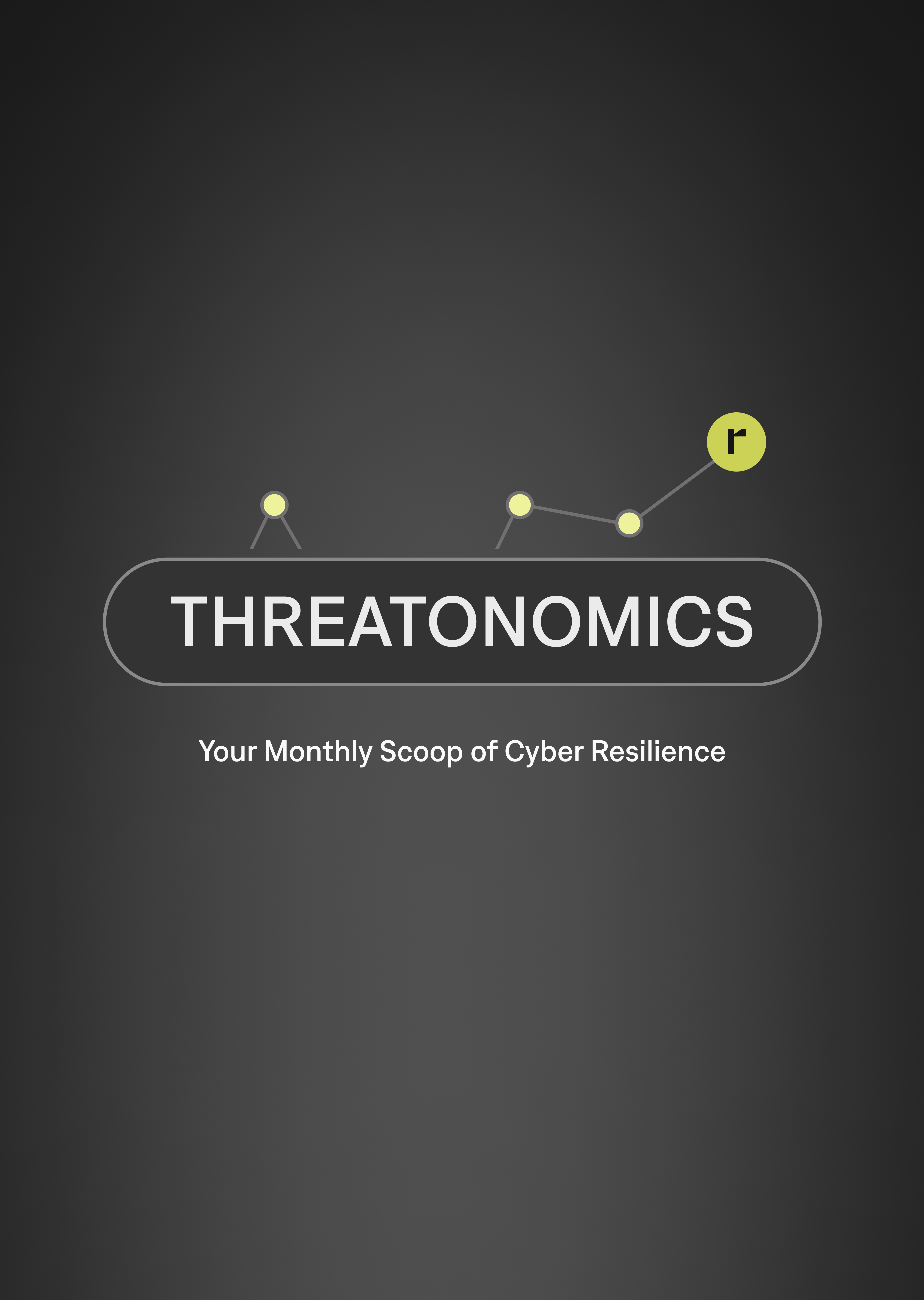In cybersecurity, the role of technology and automated systems often captures the spotlight. However, the human element remains a crucial vulnerability and one of the first lines of defense in safeguarding information systems. According to Verizon’s 2022 Data Breach Investigations Report found that 82% of breaches involved the human element.
This statistic indicates that human errors or behaviors, rather than purely technological vulnerabilities, enable the majority of cybersecurity breaches. The human factor, such as clicking on phishing links, using weak passwords, or accidentally leaking sensitive data, greatly contributes to successful cyber attacks.
Human risk is pervasive across organizations, from C-suite executives to frontline employees. Addressing the human element through comprehensive security awareness training, clear policies, and a security-conscious culture is crucial for strengthening an organization’s cybersecurity posture.
Cybersecurity’s frailty often lies in human actions, but it can also be its strongest defense when employees are empowered and engaged in cybersecurity practices. Understanding human-related risks, such as social engineering, insider threats, and human error, is vital for developing effective cybersecurity strategies and shaping comprehensive cyber insurance policies.
The Vulnerability of Human Factors in Cybersecurity
Human-related risks in cybersecurity refer to how human behavior can lead to security breaches or cyber incidents. These risks include unintentional actions, such as misconfigured settings or as malicious as insider threats. Many cyber attacks leverage these human vulnerabilities, exploiting errors or manipulating employees into providing access to protected systems.
Social Engineering Exploit Vulnerabilities
Social engineering remains one of the most insidious ways attackers exploit human vulnerabilities. Techniques such as phishing, pretexting, and baiting rely on the psychological manipulation of users to commit security mistakes or divulge confidential information.
Phishing attacks trick users into clicking on malicious links or opening infected attachments. They exploit the user’s trust and provoke urgent responses to seemingly legitimate requests. Training employees in cyber threat recognition and response is crucial for preventing breaches. This training may help secure better cyber insurance terms as policies increasingly value proactive defenses.
Insider Threats and Human Error
Insiders, whether malicious or accidental, pose a significant risk to organizations with their actions. Employees with access to sensitive information can become vectors for breaches. Whether through intentional data theft or unintentional mishandling of data. Similarly, simple human errors, such as the misconfiguration of a database or the improper disposal of company documents, can provide cybercriminals with easy access to protected systems. Effective cybersecurity programs must address these internal risks through comprehensive training, strict access controls, and continuous monitoring of user activities.
To mitigate risks, organizations should implement cyber hygiene practices that consider communication, behavior, and culture management. Cyber hygiene involves regular updates to security practices, continuous employee training, and a clear understanding of cybersecurity policies at all levels of the organization. For instance, regular phishing simulations and security awareness training can dramatically reduce the likelihood of employees falling prey to social engineering scams.
Fostering a culture of security is crucial to encourage transparency and vigilance, empowering employees to report suspicious behavior without worrying about retaliation. Integrating these human-focused risk mitigation strategies into cyber insurance coverage can ensure that policies reflect the true scope of an organization’s risk exposure and preparedness.
General Insights on Human Elements in Cybersecurity
The human element is crucial in cybersecurity, serving as a primary vulnerability and a potential stronghold. Understanding and addressing human-related risks are essential for enhancing security measures and building a resilient cybersecurity framework. The effectiveness of human-centric strategies is significantly influenced by how well an organization trains its workforce and integrates security into its corporate culture.
Impact of Training and Culture on Cybersecurity
Organizations that prioritize comprehensive training and foster a strong security culture experience fewer breaches and are more adept at responding to threats. Emphasizing the importance of human factors in cybersecurity, these organizations use training to turn potential weaknesses into robust defenses:
- Regular Training Sessions: Conducting frequent and updated training sessions helps keep cybersecurity at the forefront of employee responsibilities, ensuring they know the latest threats and how to respond.
- Engagement and Awareness: Beyond simple training, engaging employees in security awareness initiatives helps build a proactive culture where security is everyone’s responsibility.
- Simulated Phishing Exercises: Regular tests, such as simulated phishing emails, can gauge employee readiness and reinforce training by providing practical experience in spotting and responding to threats.
Integrating ongoing education and a supportive culture reduces the risk of incidents caused by human error and strengthens the organization’s overall security posture.
The Role of Human Behavior in Cyber Insurance
Human behavior significantly impacts the terms and effectiveness of cyber insurance coverage. Insurance providers increasingly consider an organization’s proactive security measures, including the extent and efficacy of employee training, when determining policy details:
- Risk Assessment by Insurers: Insurers assess a company’s risk level based on how well it manages its human resources in cybersecurity. Companies with thorough training and quick incident responses can often negotiate better terms.
- Policy Customization: Cyber insurance policies are tailored based on the organization’s commitment to training and demonstrated ability to handle and mitigate incidents effectively.
This trend highlights the insurance industry’s recognition of the critical role that human factors play in cybersecurity risk management.
Expert Perspectives on Tailoring Cybersecurity Training
It enhances effectiveness by customizing cybersecurity training according to specific organizational needs and employee roles. Experts advocate for tailored training solutions that consider various factors to maximize impact:
- Role-Specific Training: Employees face different cyber threats depending on their roles and responsibilities. Tailoring training to address these threats can significantly enhance an employee’s ability to prevent and respond to incidents.
- Behavioral Insights in Training: Incorporating behavioral psychology principles can improve training programs’ design, making them more engaging and easier to comprehend, thus increasing retention and application of knowledge.
- Feedback and Adaptation: Continuous feedback from employees about the training’s relevance and effectiveness can help refine the approach, ensuring that it remains practical and impactful.
Experts agree that a one-size-fits-all approach to cybersecurity training must often be revised. Instead, organizations should invest in customized training that aligns with their unique vulnerabilities and business goals.
By focusing on the human elements of cybersecurity, organizations can enhance their defensive capabilities and ensure they are well-prepared to manage and mitigate the risks associated with cyber threats. Effective human-centric strategies are essential for any comprehensive cybersecurity program and critical in shaping the terms and effectiveness of cyber insurance policies.
The Essential Human Dimension in Cyber Resilience
The human element in cybersecurity represents a significant vulnerability and a potent ally in the fight against cyber threats. Organizations can improve their security frameworks and stand with cyber insurance providers by understanding and mitigating human-related risks.
Investing in comprehensive cybersecurity education and fostering a security culture is essential to achieving this goal. As cyber threats become more sophisticated, our approaches to mitigating them must also progress, always acknowledging humans’ significant role in causing and preventing cyber incidents.
Request a demo today to truly understand the power of a proactive approach to cyber resilience.

Stay ahead of cyber risk with the latest intel on threats, best practices, and more.
Sign up for our Threatonomics newsletter to get the latest insights from our experts in cybersecurity, insurance, and risk management; all you need to achieve Cyber Resilience.
Subscribe







